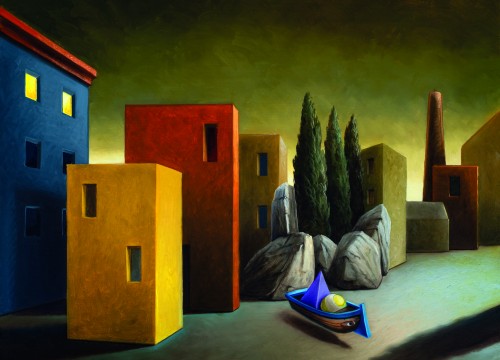Is there one form of artistic expression that guides all others?
Since the beginning of the 1900s, at a European level, we have been wondering about an amazing, subtle and intense theme . Is there one art form that guides all others? Is there really an unwritten classification? And what were the criteria for its compilation? In short, does poetry or painting, literature or photography develop greater appeal? And are the so-called minor arts really that? Or was it a subtle lie to curb their potential from the start?
Let’s bring out a basic truth. First of all, there are no rankings. Everyone has different sensitivities and, therefore, favors one artistic expression over another. Nor is it a problem of greater or lesser cultural roots. It is only, let’s state it clearly, allowing oneself to be guided by intuition that presides over these choices. Perhaps someone will try to categorize the issue with the number of people who access different artistic forms (there are certainly more literature fans than poetry fans, and consequently more books, magazines and perhaps more literary handouts are sold). But this data eludes qualification.
First of all, because, for example, a beautiful poem can easily outdo thousands of useless volumes, because quality, like wine, is not measured by its consumption. Indeed, it could easily be the opposite. After all, the knowledge of a niche, of an artistic field could be nectar for refined palates, to be kept hidden, secret, in order not to disturb that discovery, in order not to open it to the confused voices of many. In short, there is no real yardstick of judgment and whoever tries to realize it moves on the quicksand of uncertainty.
But let’s probe further. The arts fluctuate to the same degree as fashion. Some of them retain their classicism (painting, literature), others have grown overwhelmingly in recent decades (photography). Like the stock exchange, the arts suffer from ups and downs not only in terms of general indexes. But also, internally.
Let’s take 18th century painting. For many years, it was kept in the shadows. Few collectors, few auctions, limited and often insufficient critical records. It seemed that the 19th century was spreading, but the years of crisis were enough to put everything back into play, as in a gigantic game of risk. The 1700’s came back into the limelight, the 1800’s lost their vigor and an outsider like contemporary art, for some time in the shadows, recovered the headlines. In just a few years, through the complex mechanisms of art (public exhibitions, auction results, presence in international antiquarian fairs, descent into the field of a new international collecting), confirming that every march can be interrupted or sprint unexpectedly.
And the case of photography deserves some further reflection. Here, the phenomenon belongs to the last twenty years, not more. Before, the great photographic archives were simple incunabula for a few enthusiasts. Of course, there were international photographic agencies that sent their men around the world, perhaps even to the fronts of war, to capture an image that would give meaning to a front page or to a rich reportage. But, progressively, day after day, photography has surpassed the written word. The reason is simple, the immediacy of an image exudes such a quick chemical graft of emotions that it can only compete with a video. But the conception of that moment, the fixed nature of that moment is a pre-packaged product that requires no research. They are there, frozen. They impose their truth without frills, with the value of a frame, probably unrepeatable, that speaks to people’s hearts and reveals itself with absolute, lucid candor. Then, of course, videos are more descriptive, draw the genesis of that moment and maybe its unexpected consequences, the word can give a historical frame, frame the era, the protagonist, the story but nothing will ever be able to transfer in a second that emotion that speaks to our senses and that, maybe, next to a thousand questions, also generates molecules of adrenaline in a pure state.
Robert Walser does not know the competition between the arts and introduces new creative elements. With difficulty, we will try to construct an answer.
Who determines the fortune of an artist? The success? The critical judgment? Its pleasantness or perhaps the ability to interpret the spirit of the time? The sense of novelty that he expresses or the desire to realign himself to the dictates of a certain period? Questions of subtle, intense temerity that we put forward with modesty but that imply others of more intense anxiety: who judges? And what reliability does that judgment retain, both today and in the future?
Difficult and problematic questions, which risk evanescent answers. My path now becomes uncertain. I feel like an acrobat twirling on a thin tightrope, perhaps very thin. I have no counterweights to balance my thoughts, I can only look forward and proceed.
























